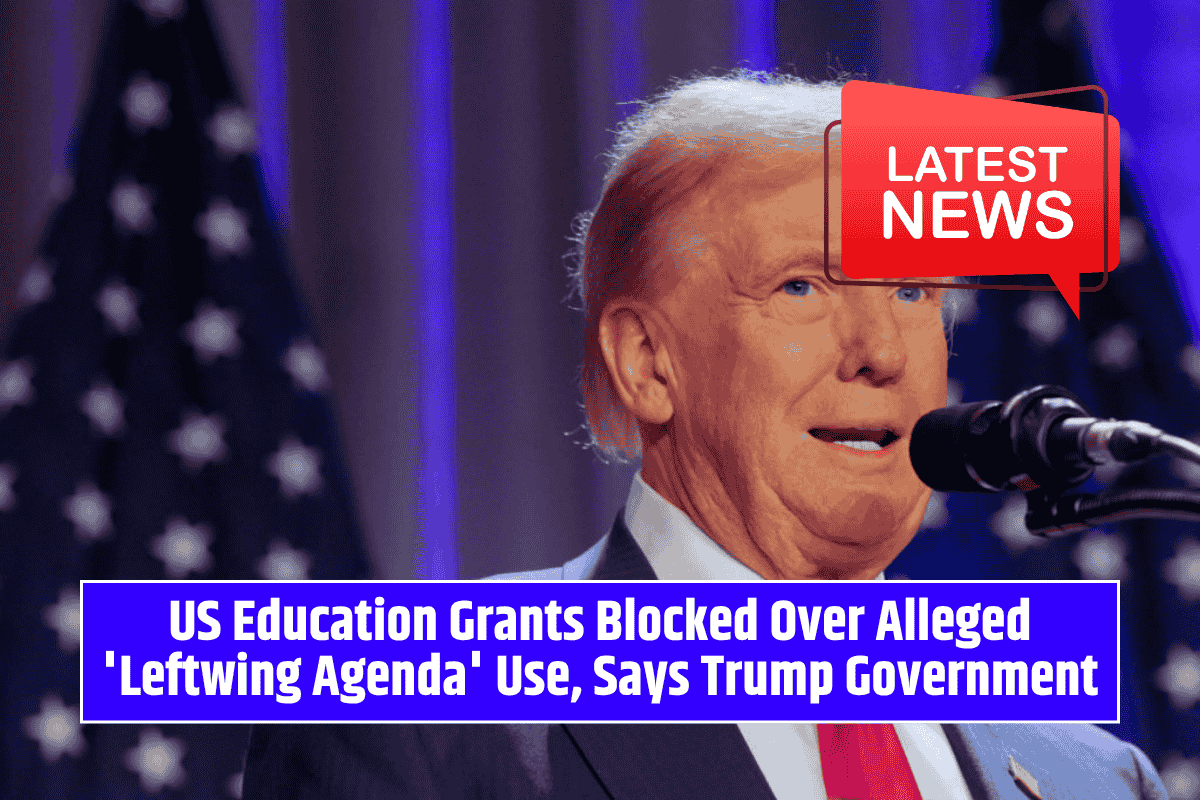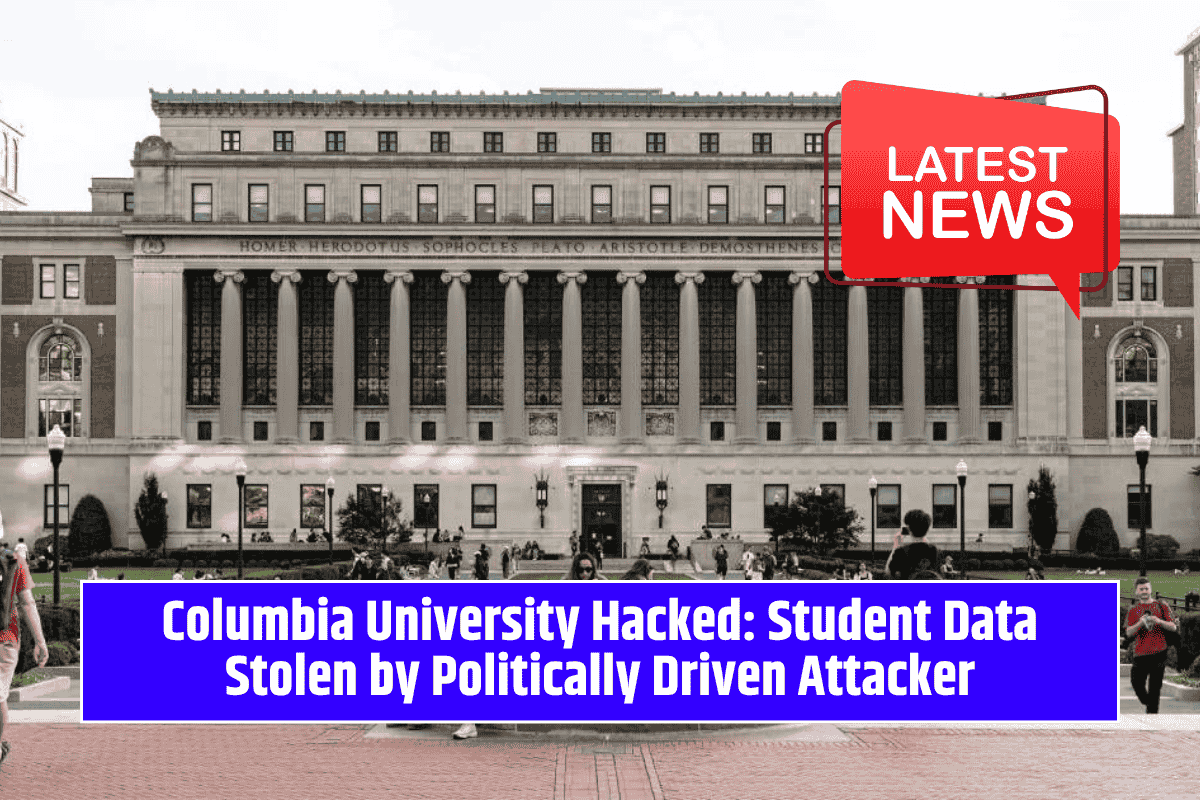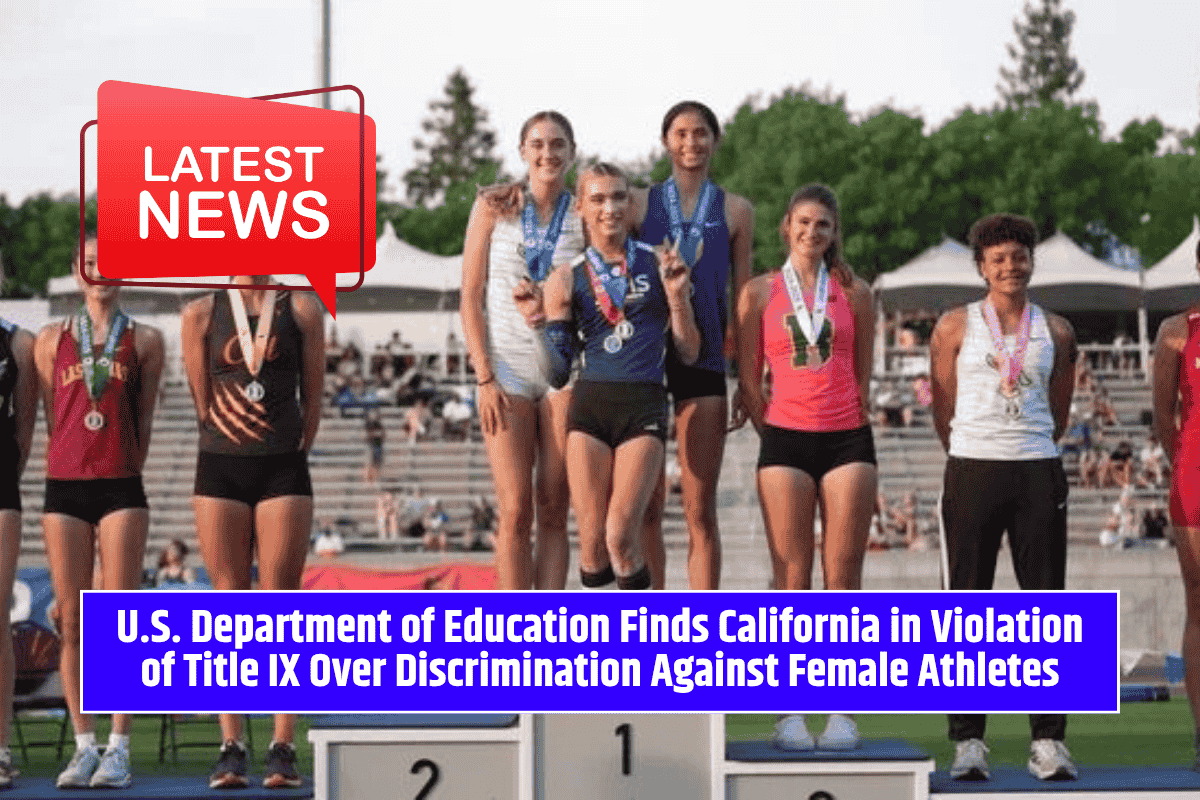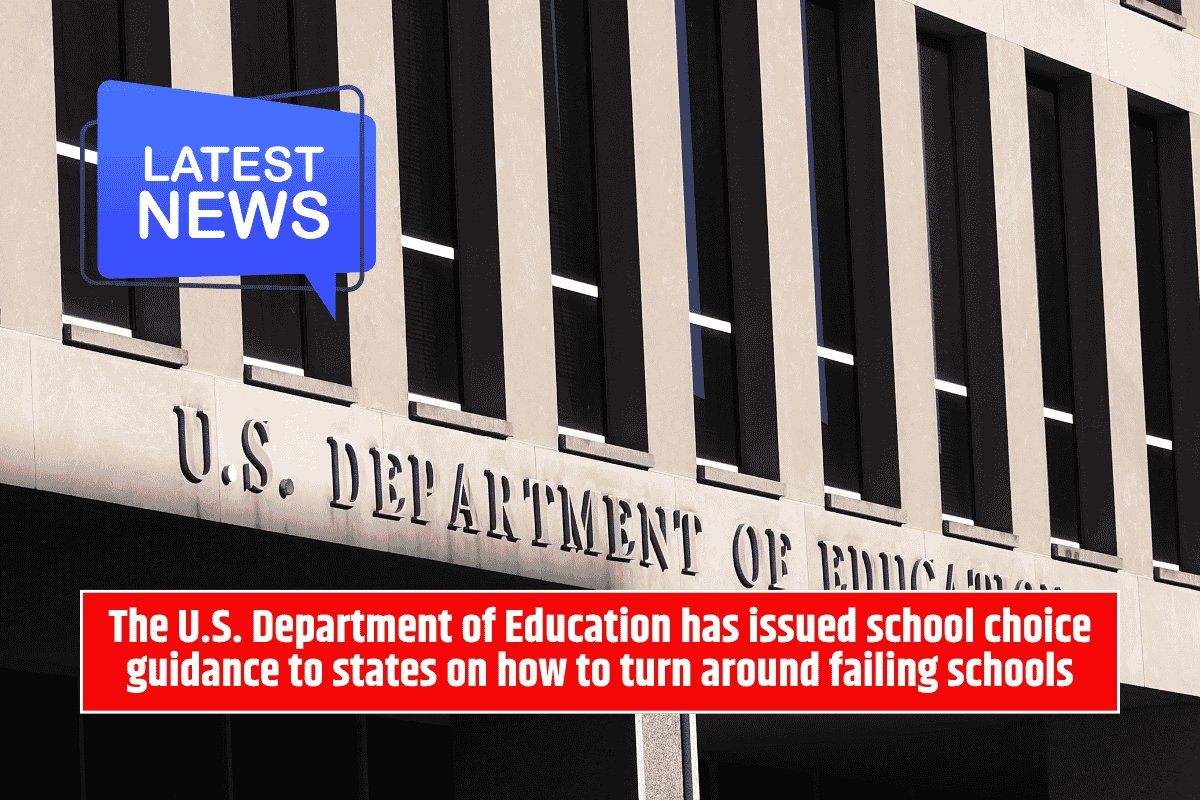The Trump administration in the US has put a temporary stop to over $6 billion in education grants, claiming the funds were misused for political reasons.
These grants were meant to help immigrant children, low-income students, and those learning English. Now, many schools and summer programs are uncertain about their future plans.
Why the Funds Were Frozen
The Office of Management and Budget, which handles federal budgets, announced the freeze earlier this week.
They said some states used the money to support people living in the country without legal documents and to promote LGBTQ+ inclusion, which they claim is part of a “radical leftwing agenda.” Because of this, they decided to review all grant use before releasing any money.
Examples of Misuse Cited
Officials pointed to New York and Washington state. In New York, schools allegedly used English language funds to support organisations that help undocumented immigrants.
Washington reportedly guided undocumented students to scholarships that were meant for American citizens. Another example mentioned was funding a seminar on “queer resistance in the arts.”
How the Freeze Affects Students and Schools
The money in question supports vital programs like after-school care, English classes, and migrant student education. For instance, about $890 million goes towards helping students who are still learning English.
This includes hiring teacher aides, running summer classes, and providing language support for families. Another $375 million is used to educate migrant children who move often with their families for seasonal work.
Education experts and state officials worry that freezing these grants will hurt millions of students. Many English learners are US-born and not immigrants, according to the Migration Policy Institute.
Experts say the administration is trying to link English learners with undocumented immigration, which is misleading and harmful.
Legal Background: Education Rights for All Children
Even children without legal immigration status are allowed to attend public schools in the US. This right was confirmed by a 1982 Supreme Court ruling known as Plyler v. Doe.
But in recent years, some conservative states have questioned whether this rule should still apply, hinting at possible legal challenges.
State Responses and Concerns
State officials, like those from Oregon, say that cutting this funding will directly harm students who need the most help. Without these grants, it would be harder to close academic gaps and support children who speak different languages or come from mobile, migrant families.
The Trump administration’s decision to freeze education grants over claims of political misuse has created confusion and worry across the US.
While the government argues that funds were being used for non-educational agendas, many experts and educators say the real victims are the students, especially those learning English or from low-income and migrant families.
The final decision about releasing these grants is still pending, leaving schools unsure about how to support their students in the coming months.






